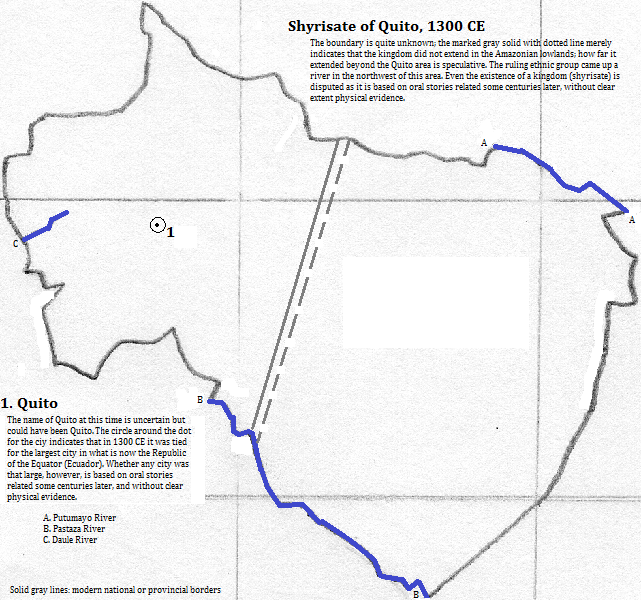
| To Duval Family Home Page | South America |
| To Chris Home Page | Hispano-America |
| To Earth (Geography Home Page) | Republic of the Equator |
San Francisco de Quito (or just Quito), the capital of the Republic of the Equator (Ecuador) and of Pichincha Province, and center of the national highland culture, is located at around 2800 meters in the Guayllabamba River valley below the Pichincha volcano. The city traverses two ravines (quebrados), one of which is partly arched over.
The city is a UNESCO World Heritage Site since it is the best preserved, least altered historic center in Latin America, notwithstanding an earthquake in 1917. Some of the buildings that are honored (and visited by tourists) are the monasteries of San Francisco and Santo Domingo, and the Church and Jesuit College of La Compañia, both showing the 'Baroque School of Quito,' a fusion of Spanish, Italian, Moorish, Flemish and indigenous art.
The Mariscal Sucre International Airport, just east of the city, is one of South America's busiest.
| Year | Population | Political entity |
| 1300 CE | 30,000| Shyrisate of Quito | |
| 1400 CE | 20,000| Shyrisate of Quito | |
| 1500 CE | 30,000| Tawantinsuyu (Incan Empire) | |
| 1600 CE | 20,000| Reino de España (Spanish Empire) | |
| 1700 CE | 30,000| Reino de España (Spanish Empire) | |
| 1800 CE | 20,000| Reino de España (Spanish Empire) | |
| 1900 CE | 50,000| Republic of the Equator (Ecuador) | |
| 2012 CE | 1,778,000| Republic of the Equator (Ecuador) | |
Quito city scape with the backdrop of the Andes

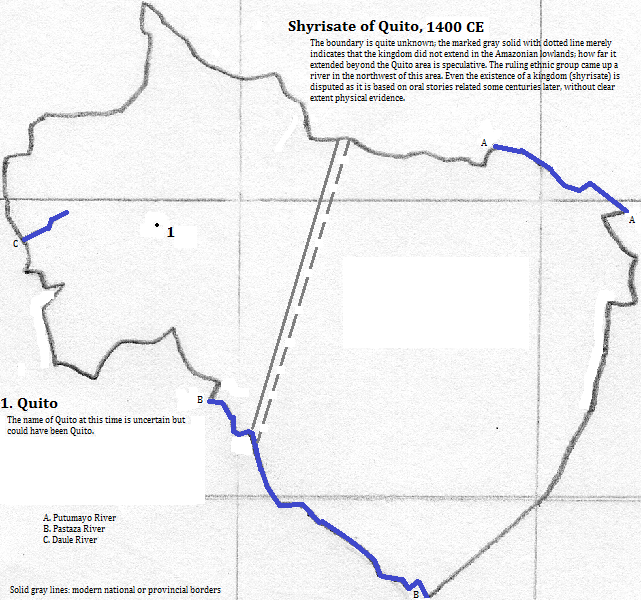
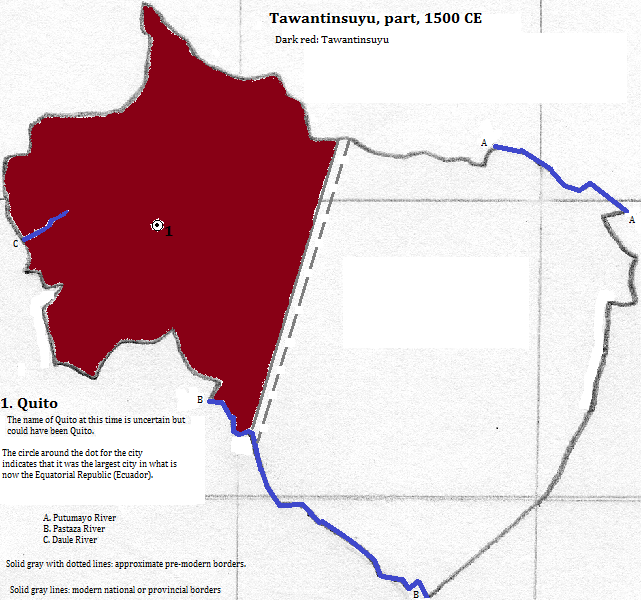
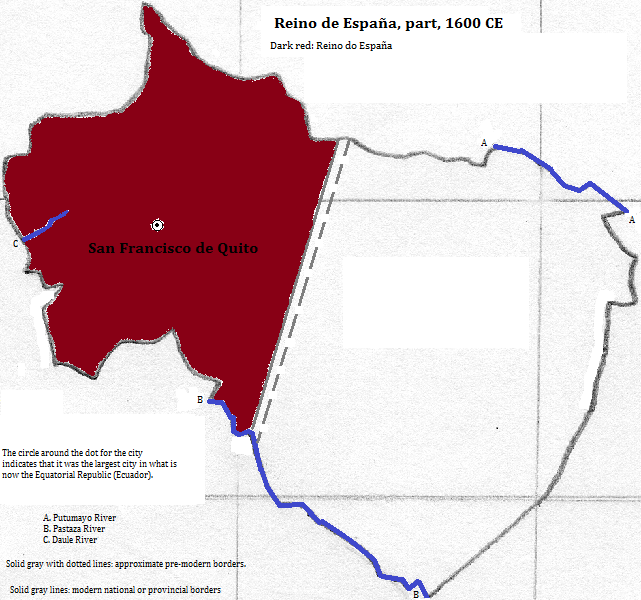


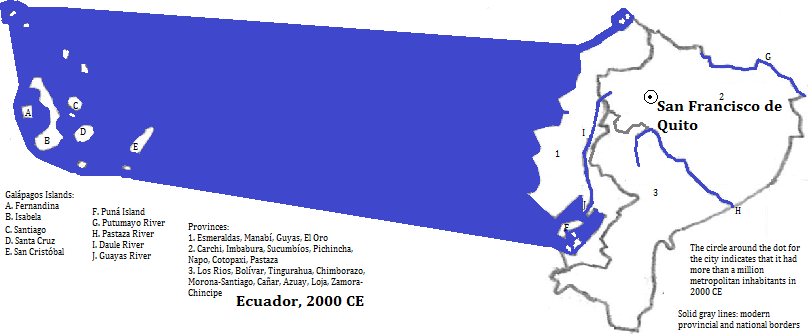
1. UNESCO, World Heritage Sites (Firefly Books, 2010).
2. Metropolitan population from world-gazetteer.com, 2012 calculation, accessed 2/6/2013.
3. Emporis.com, accessed 10/30/2013.
4. http://en.wikipedia.org/wiki/List_of_the_busiest_airports_in_South_America, accessed 10/30/2013.
5. Tertius Chandler, Four Thousand Years of Urban Growth, 2nd ed. (The Edwin Mellen Press, 1987), "Cities of the Americas" for 1300 to 1700 and "Tables of the World's Largest Cities" for 1800 and 1900. Chandler does not explain his derivation of the figures for 1300 to 1500 except to say that the drop in population in 1400 was because it was no longer the capital (pg. 260). His source for the status is Juan de Velasco, Historia del Reino de Quito, who wrote in the 18th century. Velasco's conclusion that a substantial kingdom existed has been disputed on the grounds of insufficient physical evidence. In any case the contemporaneous name of the kingdom (ruled by shyris) must be considered uncertain. Chandler's lists put Quito in a tie for largest city in what is now the Republic of the Equator in 1300, and an undisputed largest 1500 to 1800 CE. His figure for 1400 comes from page 260.